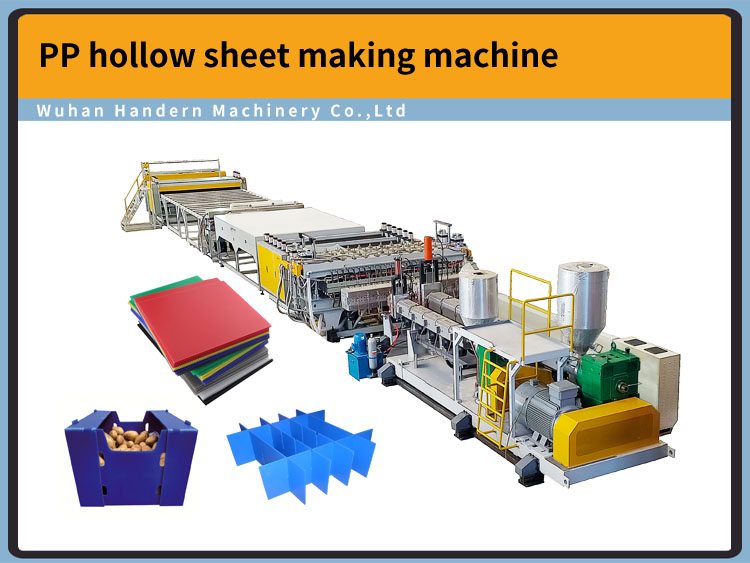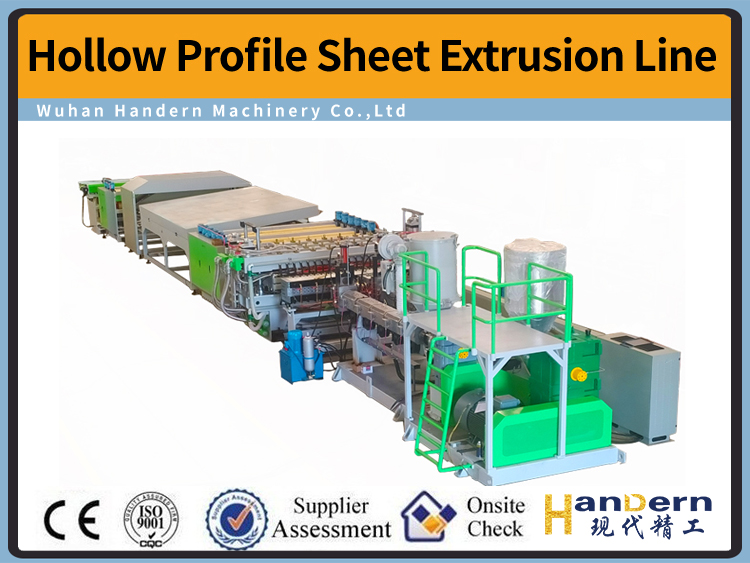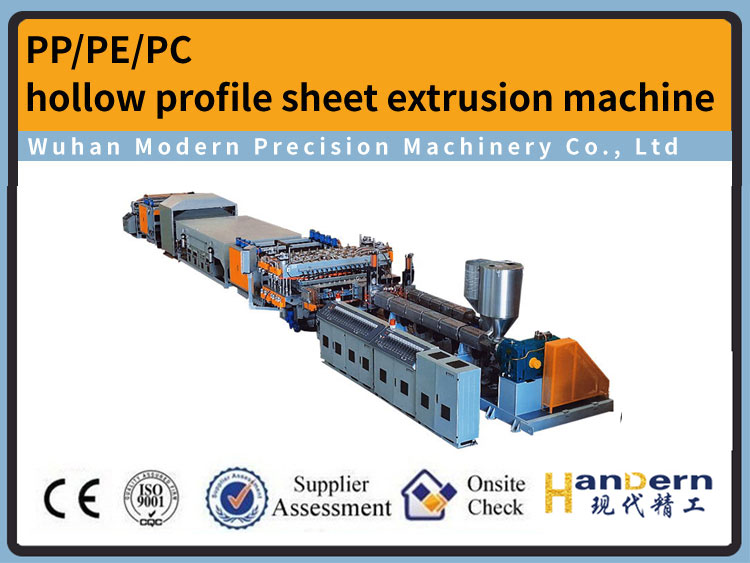Linear low density polyethylene and medium density polyethylene
DATE:2022/12/19 8:55:54 / READ: / SOURCE:This station
2.1.3 Linear low density polyethylene
Linear low density polyethylene (LLDPE) is a copolymer of ethylene and a small amount of a-olefins (such as 1-butene, 1-hexene, 1-octene, etc.) polymerized under high or low pressure in the presence of catalyst.
Extruder can be used to extrude and shape pipes, wire and cable sheaths, extruded and blown films of various thicknesses and hollow products.
The injection molding machine is used for injection molding of various industrial accessories, airtight container covers, auto parts and industrial containers.
Rotary forming method can also be used to process large containers such as pesticide and chemical containers and tank car cans. Tape casting method can also be used to form tape casting films for composite, printing and building films.
The crystallinity of medium density polyethylene is 70%~75%. The properties of medium density polyethylene are the same as those of low-density polyethylene and high-density polyethylene. It has excellent stress cracking resistance, rigidity and heat resistance, which are characteristics that LDPE and HDPE do not have.
The performance parameter values of medium density polyethylene are listed in Table 2-1, which can be used for reference. At present, there is no national standard for the quality of medium density polyethylene resin. See Table 2-20~Table 2-22 for the product quality standards of several domestic MDPE resin manufacturers.
Linear low density polyethylene (LLDPE) is a copolymer of ethylene and a small amount of a-olefins (such as 1-butene, 1-hexene, 1-octene, etc.) polymerized under high or low pressure in the presence of catalyst.
2.1.3.1 Performance characteristics
The appearance of linear low density polyethylene is similar to that of ordinary low density polyethylene; The density, crystallinity and melting point of linear low density polyethylene are lower than those of high density polyethylene, with crystallinity of 50%~55%, slightly higher than those of low density polyethylene, but much lower than those of high density polyethylene; The melting point of LLDPE is slightly higher than that of LDPE (generally 10~15 ℃ higher), but the temperature range of the melting point is very small; The mechanical properties of linear low density polyethylene are superior to ordinary low density polyethylene, such as tear strength, tensile strength, impact resistance, environmental cracking resistance and creep resistance; The electrical insulation performance is also better than that of low density polyethylene; The film formed by linear low density polyethylene is soft and heat-resistant, and has high tear strength and heat sealing strength, but the transparency and luster of the film are poor. See Table 2-15 for properties of linear low density polyethylene with different densities. The density and crystallinity of linear low density polyethylene (LL DPE) are compared with LDPE and HDPE in Table 2-16. See Table 2-17 for comparison of properties of LLDPE with LDPE and HDPE. See Table 2-18 for the comparison of processing characteristics of linear low density polyethylene (LLDPE) with LDPE and HDPE.2.1.3.2 Quality standards
The quality standard requirements of linear low-density polyethylene resin are specified in GB/T 15182, see Table 2-19.2.1.3.3 Forming method and use
Linear low density polyethylene resin is generally used for injection molding plastic products by injection molding machine. Modified linear low density polyethylene can be used for molding plastic products by blow molding, injection, rotational molding and extrusion.Extruder can be used to extrude and shape pipes, wire and cable sheaths, extruded and blown films of various thicknesses and hollow products.
The injection molding machine is used for injection molding of various industrial accessories, airtight container covers, auto parts and industrial containers.
Rotary forming method can also be used to process large containers such as pesticide and chemical containers and tank car cans. Tape casting method can also be used to form tape casting films for composite, printing and building films.
2.1.4 Medium density polyethylene
The density of MDPE is 0.926-0.940g/cm3, and its molecular structure is between low-density polyethylene and high-density polyethylene. Medium density polyethylene can be produced by several methods, such as mixing high-density polyethylene and low-density polyethylene in a certain proportion; Medium density polyethylene (MDPE) can be obtained by using the production process of high density polyethylene (HDPE) and adjusting the addition amount of comonomer 1-butene so that the density of the polymerized products is within the range of medium density. The abbreviation of MDPE is MDPE.The crystallinity of medium density polyethylene is 70%~75%. The properties of medium density polyethylene are the same as those of low-density polyethylene and high-density polyethylene. It has excellent stress cracking resistance, rigidity and heat resistance, which are characteristics that LDPE and HDPE do not have.
The performance parameter values of medium density polyethylene are listed in Table 2-1, which can be used for reference. At present, there is no national standard for the quality of medium density polyethylene resin. See Table 2-20~Table 2-22 for the product quality standards of several domestic MDPE resin manufacturers.
Author:admin




